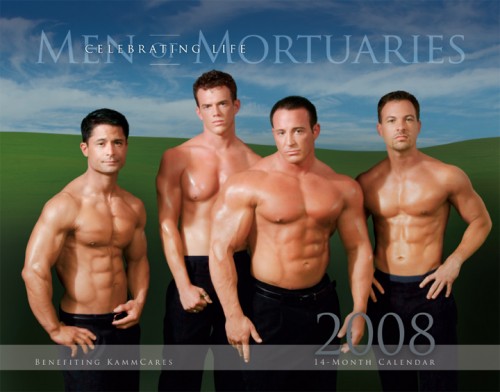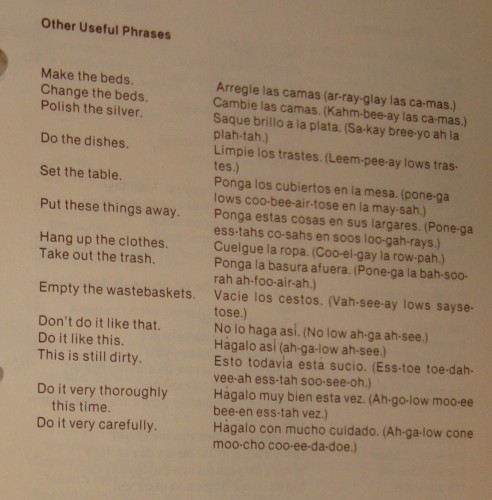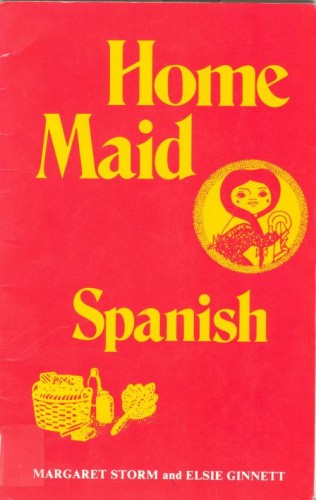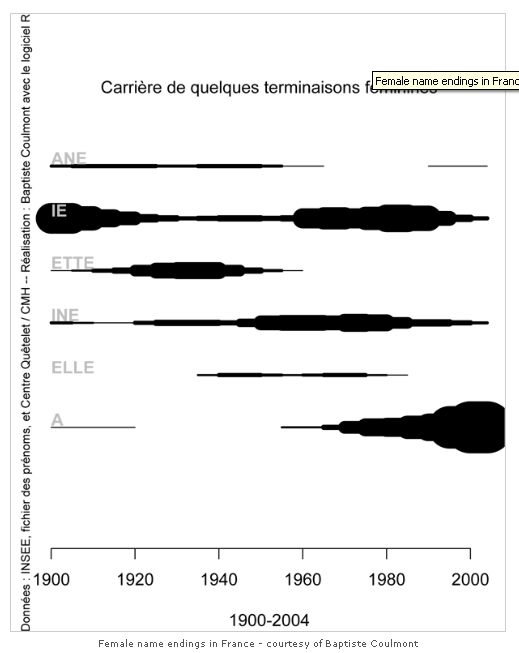I saw this footage of flatworm reproduction years ago on PBS and I was so excited when Robin H. sent it in!
Flatworms are hermaphroditic. All flatworms can inseminate and be inseminated. These flatworms also have two penises each. Flatworms are sexual. That is, they reproduce sexually by finding a partner with which to trade genetic material. (Asexual creatures do not trade genetic material, they reproduce by making copies of themselves.)
A flatworm reveals its two penises (in white):
What is interesting about this clip sociologically (in case you’re not already intrigued enough) is how the narrator describes what the flatworms are doing.
Let’s first suppose that it makes little sense to attribute human emotions and motivations to flatworms. Let’s also suppose that narrations of animal behavior are often going to tell us a lot about how we think and only a little, if anything, about what’s going on with the social lives of invertebrates.
As you watch the clip below, notice that they explain the behavior not descriptively, but metaphorically. Flatworm mating behavior is like war and wars have winners and losers:
[youtube]http://www.youtube.com/watch?v=5fx-YgcP8Gg[/youtube]
So the narrator explains that flatworm “sex is more like war than love.” Worms are “swordsmen” who are “penis fencing.” (Mix metaphors much?) They carry “double daggers” (penises). And “the first one to make a successful jab, delivers its sperm.”
Notice how the narrator genders the hermaphroditic flatworms. Because they have penises they are “swordsmen.” Apparently their equally functional capacity to be inseminated is eclipsed by their dangerous daggers!
And notice, too, how they describe the flatworm who becomes inseminated as the “loser.” The “losing flatworm,” the narrator explains, “bears the burden of motherhood, committing valuable resources to having offspring.”
Wow.
Sperm on the “loser”:
Now it may be true that being the “mother” involves the use of resources. [Note: And this is a nod to the evolutionary logic involved.] But even so, we would never call the females of non-hermaphroditic sexual species “losers” would we? I mean, they both get to pass on their genetic material, and doesn’t that make them both winners from an evolutionary perspective?
No doubt it seems reasonable to call the functional female of the pair a loser in a sexist world in which childbearing is defined as a disability (according to the Americans with Disabilities Act) and childraising is defined as non-productive (it garners no wages or benefits and cannot be put on a resume). Gosh, being non-hermaphroditic, human females are losers by default. They don’t even get to play the game.
So sexism is one way to explain the wildly offensive characterization of the inseminated flatworm as a “loser.” But it also may just be that, in choosing a war/sports metaphor to describe flatworm behavior, they inevitably had to characterize one or the other as a loser. This is a great example of the folly of metaphor. Metaphors can be used to make something unfamiliar make sense by comparing it to something familiar, but it also runs the risk of forcing the thing being explained to mirror the thing you use to explain it with.
It’s simply sloppy. And, all too often, it results in projecting ugly realities with which we are all too familiar onto those things we don’t really understand.
For another example of the projection of socially constructed human relations onto the body, see our post on sperm, eggs, and fertilization.
Lisa Wade, PhD is an Associate Professor at Tulane University. She is the author of American Hookup, a book about college sexual culture; a textbook about gender; and a forthcoming introductory text: Terrible Magnificent Sociology. You can follow her on Twitter and Instagram.





























